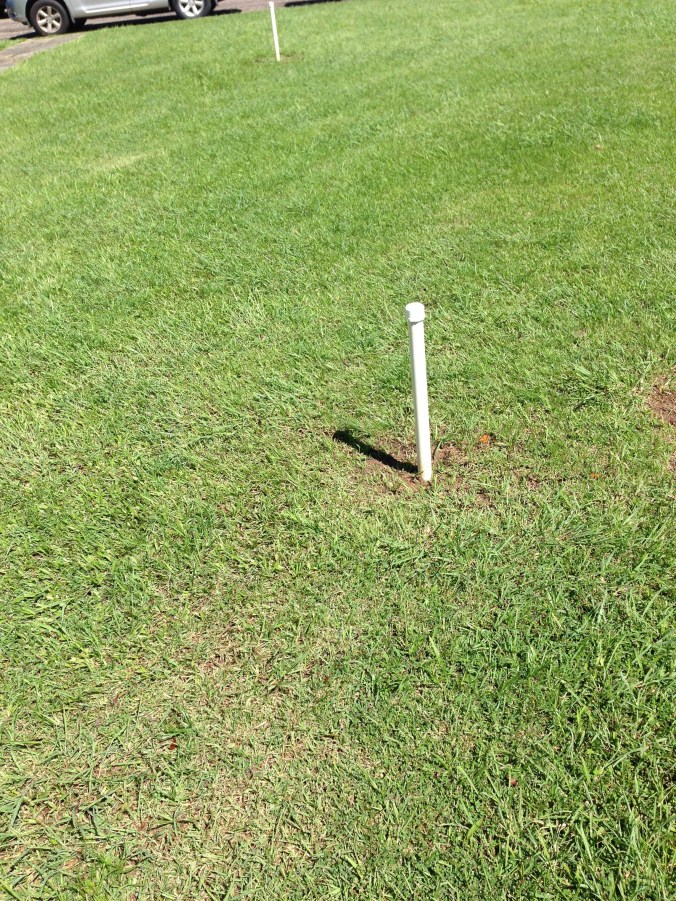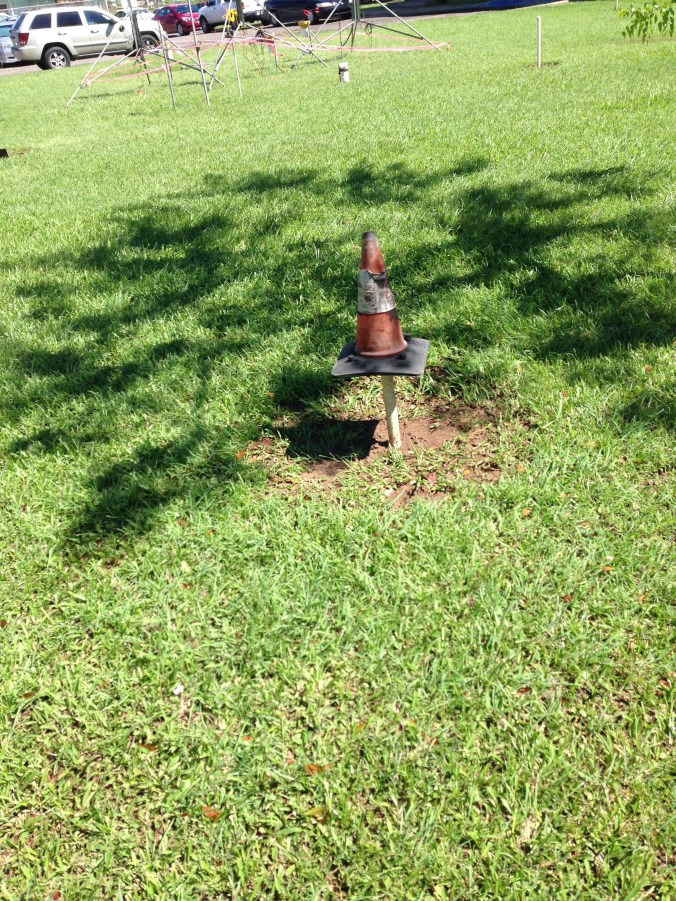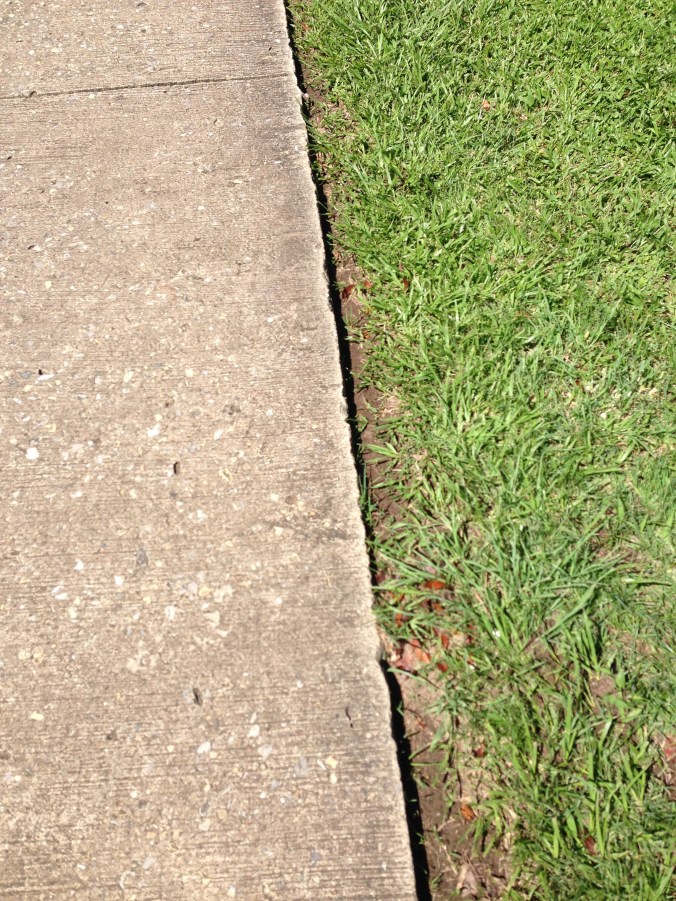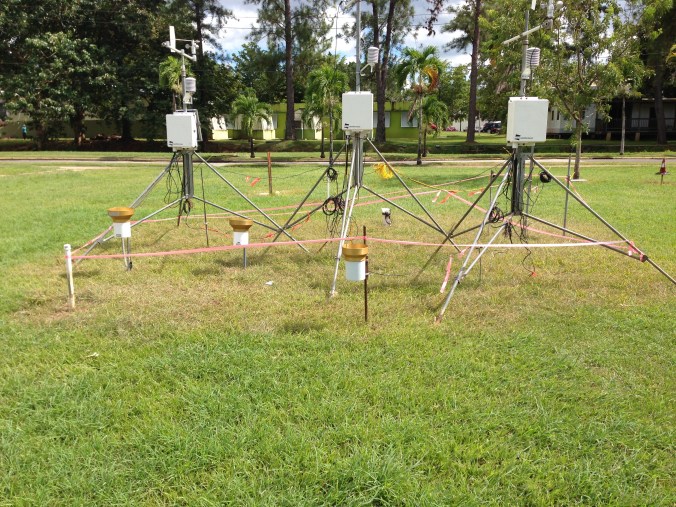Recently I initiated a calibration study of two Campbell Scientific weather stations on the University of Puerto Rico-Mayaguez Campus. Calibration of the two stations equipped with older sensors, is being accomplished with a third station with new sensors.
Two weeks ago I took the following photographs which illustrate how the maintenance crew of the university aggressively trim the grass around any and every standing thing, including my research equipment. Their practice is to trim the grass down to the bear soil, and over time cut into the soil itself, thus creating a depression around the trees, telephone poles, sidewalks, etc. Why do the workers do this? I guess the reason is because it makes the area look cleaner and also gives them more time before they have to return to trim again. The down side of this practice is that the soil is exposed to the intense rainfalls, common in Mayaguez, which may lead to soil erosion.
Here are two photos showing excessive trimming around my research equipment. The sensors are sensitive to the ground cover, especially the net radiation sensor. Consequently the alteration of the site by trimming may compromise the integrity of the data collected by the instruments. The preferred situation is green grass that is 3 or 4 inches tall.
 Figure 1. Excessive trimming around the research equipment. To prevent further trimming within the area, the red construction tape was put up around the perimeter.
Figure 1. Excessive trimming around the research equipment. To prevent further trimming within the area, the red construction tape was put up around the perimeter.
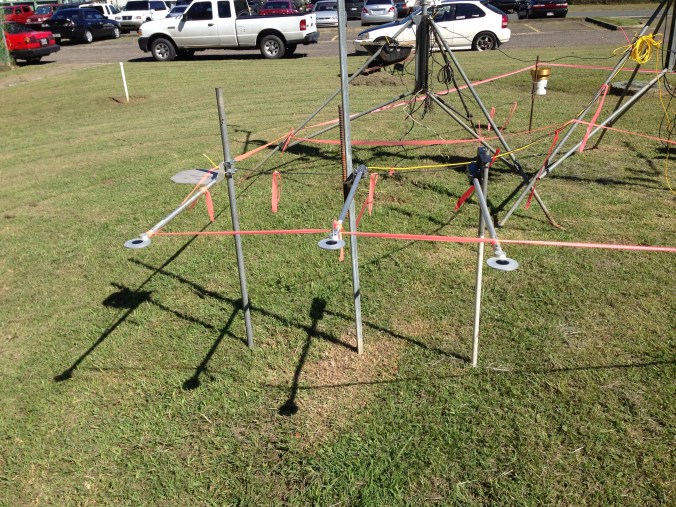 Figure 2. Excessive trimming of grass is observable under the center net radiation sensor.
Figure 2. Excessive trimming of grass is observable under the center net radiation sensor.
Here are some random pictures showing excessive trimming on the UPRM campus.
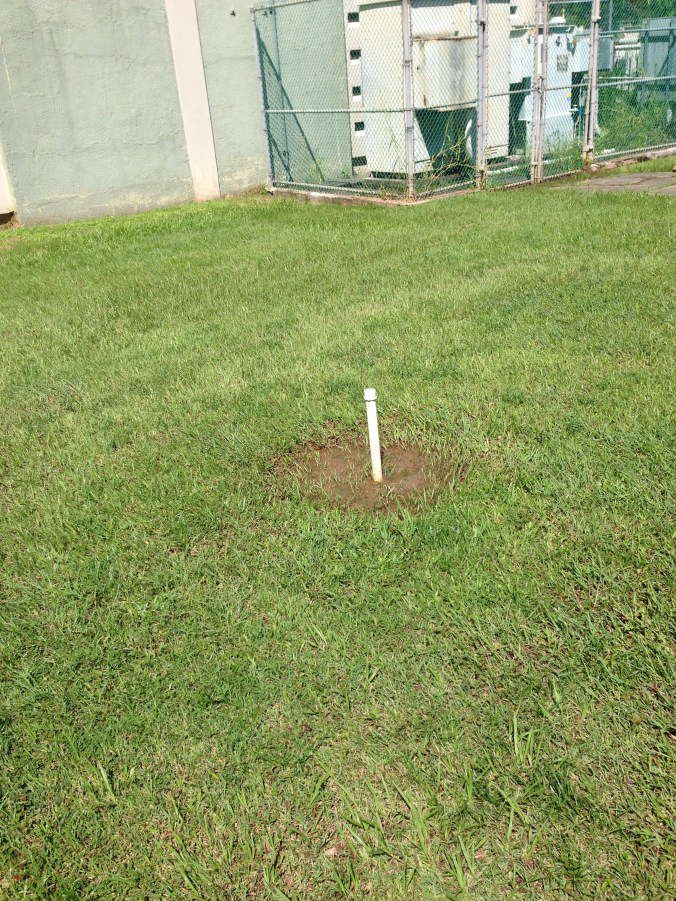 This is a groundwater observation well. Notice that after it rains the depression fills with water. This water will result in excessive infiltration around the well, possible altering the measured aquifer water level and the water quality.
This is a groundwater observation well. Notice that after it rains the depression fills with water. This water will result in excessive infiltration around the well, possible altering the measured aquifer water level and the water quality.

When I informed a couple of the worker about my concern, they agreed not to trim inside the perimeter of the area. But to fulfill their mission, they came back with some type of chemical (Roundup?) and sprayed everything within the perimeter!!!!!!!! OMG!!!! Please stop trying to help me! The two pictures below clearly show the grass dying within the area of the research equipment. It is possible that within a week there will only be brown dirt within the area, I hope not.
UPDATE: Here is three days after the above pictures were taken.


On October 28, after the weather station equipment had been removed, here is what the grass looks like.

